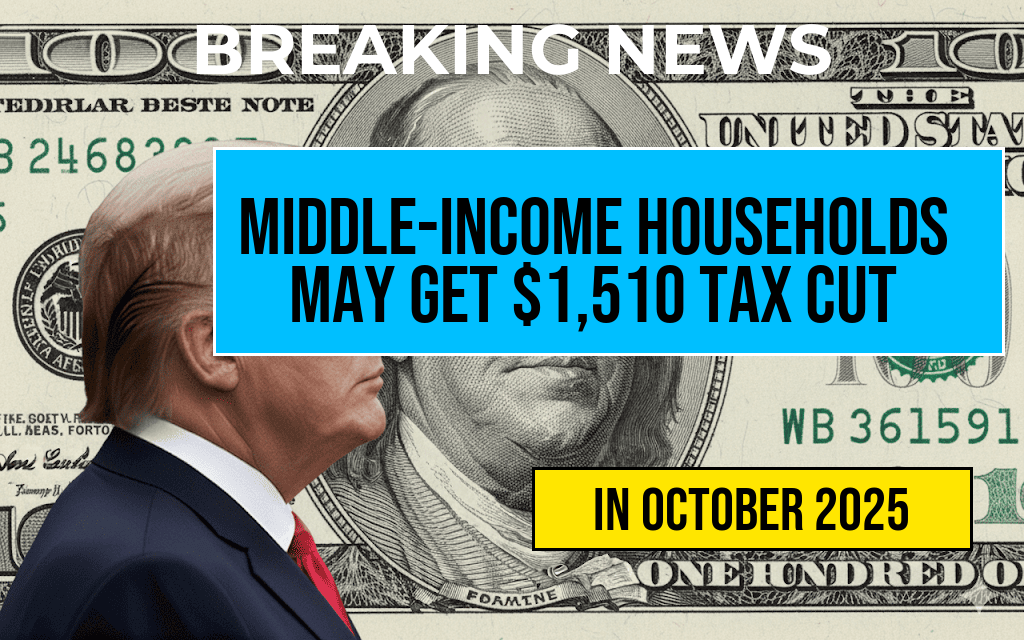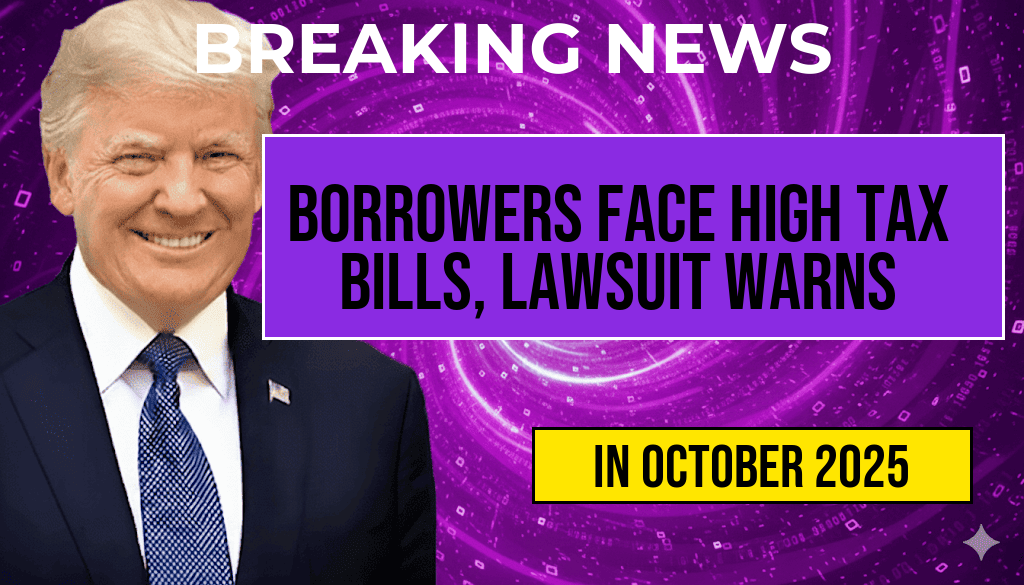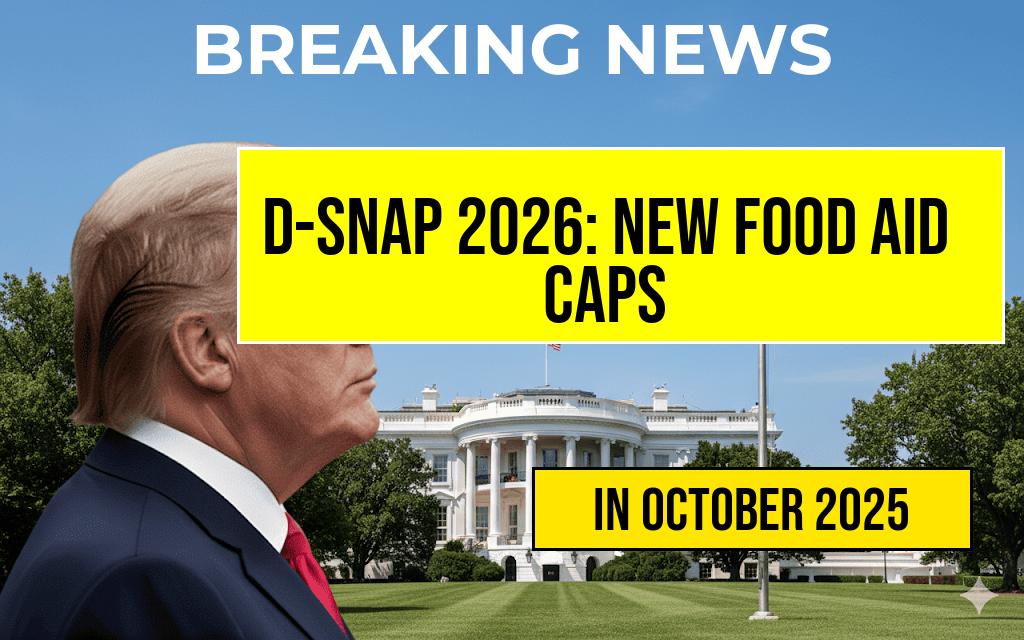Middle-income households in the United States may soon see a significant tax relief, with projections indicating an average tax cut of $1,510. This potential reduction comes as the government considers new fiscal policies aimed at easing the financial burden on families earning between $50,000 and $100,000 annually. As inflation continues to impact everyday expenses, these proposed changes are designed to provide much-needed financial support to a demographic that often feels the squeeze of rising costs. Tax experts believe this move could stimulate consumer spending and bolster the economy, especially as the country navigates post-pandemic recovery.
Details of Proposed Tax Cuts
The anticipated tax cuts are part of a broader legislative package aimed at providing financial relief to middle-income Americans. Here are some key details regarding the proposal:
- Income Range: The tax cuts primarily target households earning between $50,000 and $100,000.
- Average Savings: Families are expected to save an average of $1,510, depending on their specific income level and tax situation.
- Implementation Timeline: If approved, the tax cuts could take effect by the next fiscal year, aligning with the annual tax cycle.
Economic Implications
Experts suggest that these tax cuts could have a ripple effect on the economy. Here’s how:
Increased Disposable Income
The extra savings could provide middle-income families with increased disposable income, allowing them to spend more on necessities and discretionary items. This uptick in consumer spending is vital for stimulating demand in the economy.
Support for Local Businesses
As families have more money to spend, local businesses may see a boost in sales. This increased consumer activity can help small businesses recover from losses incurred during the pandemic.
Public Response
Initial reactions to the proposed tax cuts have been mixed. Some advocacy groups argue that while the relief is welcome, it may not be sufficient to address the deeper structural issues affecting middle-income families. Others believe it is a step in the right direction and could lead to further reforms.
Supporters’ Views
Supporters of the tax cuts emphasize the need for immediate relief for households struggling with rising living costs. Many families have reported feeling financially strained due to inflation, and this tax cut could alleviate some of that pressure.
Critics’ Concerns
On the other hand, critics caution that such tax cuts might lead to budget deficits in the long run. They argue that the government should focus on more comprehensive reforms that address the root causes of economic inequality and support sustainable growth.
Future Legislative Actions
The proposal for tax cuts is part of a larger legislative agenda that includes various measures aimed at stimulating economic growth and improving social welfare. Lawmakers are currently debating these measures, weighing their potential impacts on both the economy and federal revenues.
Conclusion
As discussions continue, it remains to be seen how lawmakers will balance the need for immediate financial relief with long-term economic sustainability. The potential average tax cut of $1,510 for middle-income households represents a significant opportunity for families to improve their financial situations, but ongoing debates will determine the final outcome of this initiative.
Learn More
For more information on the proposed tax cuts and their implications, visit:
- Forbes – Tax Cuts Explained
- Wikipedia – Tax Cut
- Brookings Institution – The Impact of Tax Cuts on Middle-Class Families
Frequently Asked Questions
What is the average tax cut that middle-income households could receive?
Middle-income households could receive an average tax cut of $1,510, which could significantly impact their overall financial situation.
Who qualifies as a middle-income household?
A middle-income household typically refers to families earning between the 50th and 80th percentile of income in a given area, though specific thresholds can vary based on location and household size.
How will this tax cut affect the overall economy?
The average tax cut of $1,510 for middle-income households is expected to boost consumer spending, which can stimulate the economy and potentially lead to job creation.
When are these tax cuts expected to take effect?
The tax cuts for middle-income households are expected to take effect in the upcoming tax year, pending legislative approval and implementation.
Are there any conditions or limitations associated with the tax cuts?
Yes, the proposed tax cuts may have certain conditions or limitations based on income thresholds, filing status, and other eligibility criteria, which will be detailed in the final legislation.








